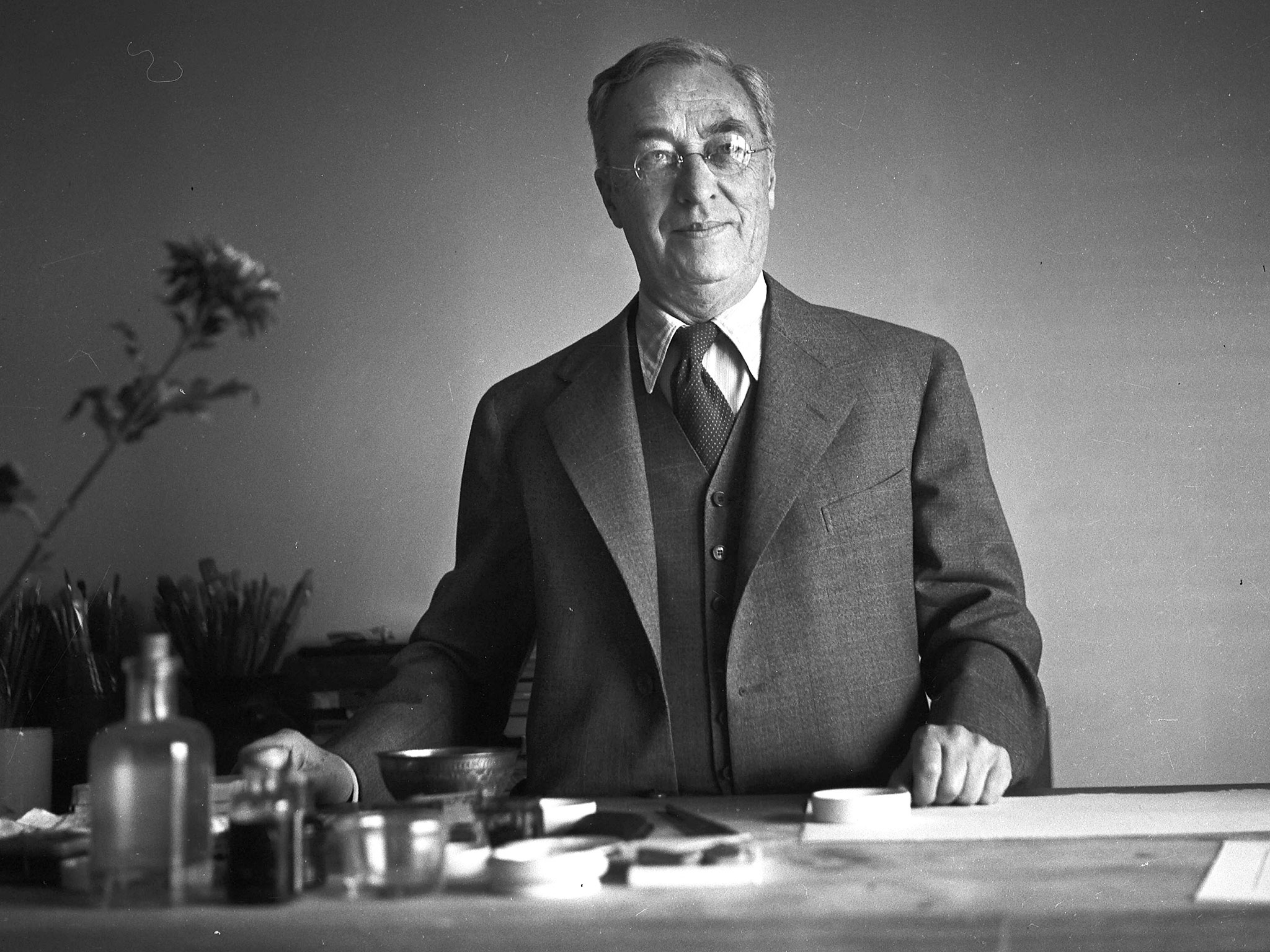Today, we present not a painting but rather a study created by one of the fathers of Abstract art, Wassily Kandinsky. The watercolor explores the relationships between color and form, elements central to Kandinsky's artistic philosophy. Although it is not a finished painting, the work is a pioneering example of his use of abstract shapes and vivid color contrasts to evoke emotional responses.
In this piece Kandinsky experimented with a composition of concentric circles set against squares, using a range of vibrant colors. This geometric abstraction allowed the artist to explore how different color combinations affect perception and emotion. For Kandinsky, color was not just a visual element—it was the soul of the artwork. He believed colors carried their spiritual significance and could influence the viewer’s mood and emotions, an idea he discussed extensively in his writings.
As a synaesthete (a phenomenon that causes sensory crossovers, such as tasting colors or feeling sounds), Kandinsky’s perception of color was deeply intertwined with sound and emotion. He could "hear" colors and "see" sounds, influencing his painting approach. In Squares with Concentric Circles, the circular forms and dynamic interplay of colors create a sense of movement, almost like a visual symphony. The use of color contrasts—such as bold reds and blues—reflects Kandinsky’s desire to create an immersive, multisensory experience that transcends traditional representation.
The study is also notable for its precision and mathematical qualities, which reflect Kandinsky's fascination with the spiritual dimensions of geometry.
P.S. Here you can find something special for all Kandinsky's fans - don't miss out! :)
P.P.S. Have you see Wassily Kandinsky at work? Watch this rare footage of Kandinsky drawing from 1926!


 Wassily Kandinsky
Wassily Kandinsky